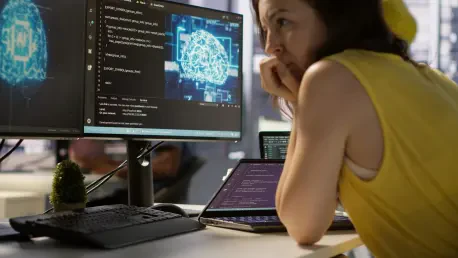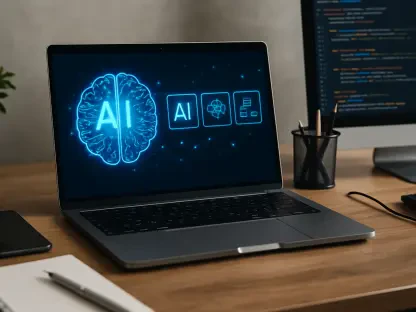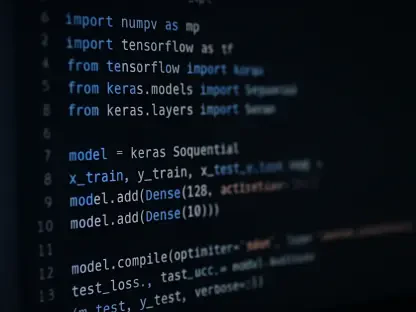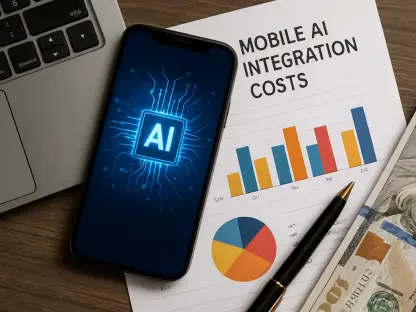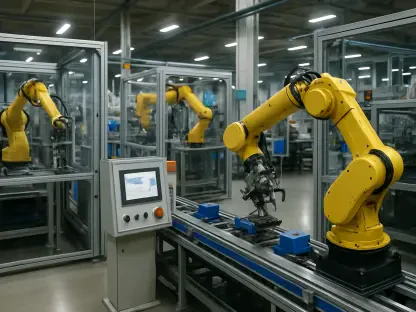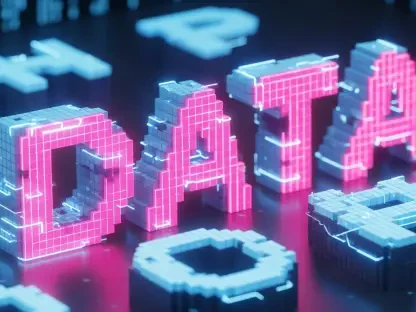Short introductionI’m thrilled to sit down with Anand Naidu, our resident development expert at the forefront of software engineering and AI integration. With his deep expertise in both frontend and backend development, as well as his insights into various coding languages, Anand offers a unique perspective on how artificial intelligence is reshaping the tech landscape, particularly in innovative companies like Coinbase. Today, we’ll explore how AI is transforming software development, the balance between human oversight and automation, and what the future holds for this groundbreaking technology in the cryptocurrency industry.
How did the journey of integrating AI into software development begin at companies like Coinbase, and what drove this shift?
The journey started a few years back when AI tools began showing real promise in automating repetitive coding tasks. At companies like Coinbase, the push came from a need to scale operations quickly in the fast-paced crypto world. Developers were spending too much time on mundane tasks like writing boilerplate code or debugging simple issues. AI offered a way to offload that work, letting teams focus on innovation and complex problem-solving. It was a strategic move to stay competitive and accelerate development cycles.
What’s the most significant advantage you’ve seen from having a large portion of daily code generated by AI?
The biggest advantage is speed. When nearly half of your code is written by AI, as we’ve seen with some leading firms, development timelines shrink dramatically. Tasks that used to take days can now be done in hours. This frees up human engineers to tackle the bigger picture—designing systems, improving security, or creating new features. It’s a game-changer for productivity, especially in an industry where being first to market can make or break a product.
What challenges have emerged from relying so heavily on AI for coding tasks?
One major challenge is trust. AI can churn out code fast, but it’s not always perfect. Sometimes it introduces bugs or misses the nuance of a specific use case. There’s also the learning curve for teams to adapt to these tools and integrate them into existing workflows. Plus, ensuring security is a constant concern—AI doesn’t inherently understand the critical nature of vulnerabilities in something like a crypto platform. These hurdles require constant vigilance and robust processes to overcome.
How are ambitious targets, like increasing AI-generated code beyond 50 percent in a short timeframe, being planned and pursued?
Hitting a target like over 50 percent AI-generated code by a specific deadline, such as October, involves a multi-pronged approach. It starts with refining the AI tools themselves—training them on more specific datasets and improving their accuracy. Then there’s scaling up the infrastructure to support heavier AI usage. Equally important is ramping up human review processes to handle the increased output. It’s a bold goal, but with the right investments in technology and training, it’s within reach for innovative companies.
What role do human engineers play in an AI-driven coding environment?
Human engineers are still the backbone of the process. They’re the ones reviewing AI-generated code for quality, security, and alignment with project goals. They also step in for tasks that require creative problem-solving or deep domain knowledge—areas where AI often falls short. Essentially, humans are the gatekeepers, ensuring that what the AI produces is not just functional but also safe and strategic. Their judgment is irreplaceable, especially in high-stakes industries like cryptocurrency.
Why is verifying AI-written code so critical, and what measures are typically in place to ensure its reliability?
Verification is non-negotiable because AI isn’t infallible. A small error in code can lead to massive issues, especially in something as sensitive as a crypto exchange where security breaches can cost millions. Typically, there are multi-layered checks—automated testing tools to catch basic errors, followed by detailed human reviews for logic and context. Some companies also run simulations to stress-test the code in real-world scenarios. It’s all about building trust in the system while minimizing risks.
In what areas of coding does AI excel, and where does it still need improvement?
AI shines in repetitive, rule-based tasks like generating standard functions, formatting code, or even suggesting optimizations based on patterns. It’s fantastic for grunt work. However, it struggles with highly creative or context-specific coding—like designing novel algorithms or understanding the intricacies of a niche business problem. Over time, I think we’ll see AI improve through better training and integration with human feedback, but for now, it’s best as a powerful assistant rather than a standalone coder.
How has the day-to-day work of developers evolved with the integration of AI tools?
Developers’ daily routines have shifted significantly. Instead of grinding through lines of repetitive code, they’re now more like editors or strategists—reviewing AI output, refining it, and focusing on higher-level architecture. AI has taken over the tedious stuff, so there’s more time for brainstorming and innovation. That said, it’s also added a layer of responsibility to double-check everything the AI produces. It’s a different kind of workload, but overall, it’s made the job more engaging and less monotonous.
What is your forecast for the role of AI in software development over the next few years?
I see AI becoming an even more integral part of software development, potentially handling 70 to 80 percent of routine coding tasks within the next five years. We’ll likely see better tools that understand context and intent more deeply, reducing the current error rates. However, human oversight will remain crucial, especially for security and innovation. I think the future is a true partnership—AI as the workhorse and humans as the visionaries. It’s an exciting time, and I believe this collaboration will redefine how we build technology, especially in fast-evolving fields like crypto.
